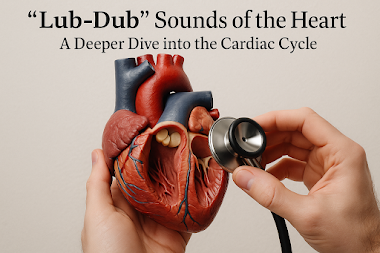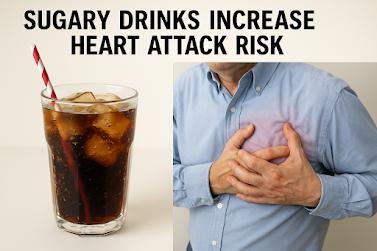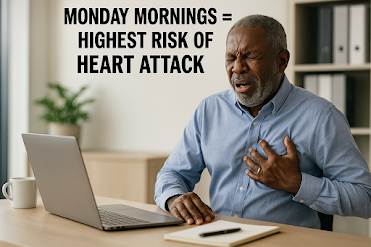The human circulatory system is a complex and highly organized network of arteries and veins that work in harmony to supply oxygenated blood throughout the body. However, in some individuals, developmental variations result in unique arterial structures. While most of these anomalies are harmless and go unnoticed, others can have significant clinical implications. This blog post delves into some of these rare but fascinating conditions, including anomalous coronary arteries, persistent median arteries, and other congenital vascular anomalies.
Anomalous Coronary Arteries (ACAs)
Definition
Anomalous Coronary Arteries (ACAs) are congenital defects involving abnormal origin or pathway of the coronary arteries—the vital vessels responsible for supplying blood to the heart muscle. Instead of arising from their usual locations on the aorta, these arteries emerge from atypical spots, which can affect the heart's blood flow, particularly during physical exertion.
Types of ACAs
There are various subtypes of ACAs, the most commonly observed being:
-
Anomalous origin of the right coronary artery (RCA)
-
Anomalous origin of the left coronary artery (LCA)
In rare cases, both arteries may arise from a single coronary ostium or follow an unusual course between the great vessels, increasing the risk of compression and ischemia.
Symptoms
Many individuals with ACAs remain asymptomatic and may live their entire lives without knowing they have this condition. However, in some, especially young athletes, ACAs may manifest with:
-
Chest pain during exertion
-
Shortness of breath
-
Dizziness or fainting
-
In severe cases, sudden cardiac arrest
The symptoms often worsen with physical activity due to increased demand for blood flow.
Diagnosis
Accurate diagnosis is crucial to prevent complications. Several imaging modalities are used to detect ACAs:
-
Echocardiography (ECHO): Often the first step in cardiac imaging
-
Cardiac CT Angiography (CTA): Provides detailed images of coronary anatomy
-
Cardiac MRI
-
Cardiac catheterization: An invasive procedure used for detailed examination
Treatment
Management of ACAs depends on the type and severity of the anomaly:
-
Conservative treatment: In asymptomatic cases, routine monitoring and lifestyle adjustments may suffice
-
Medications: To manage symptoms or reduce heart strain
-
Surgical correction: Recommended in high-risk anatomical variants or symptomatic patients to prevent cardiac events
Persistent Median Artery
Definition
The median artery is an embryonic vessel in the forearm that typically regresses before birth. However, in some individuals, this artery persists into adulthood, resulting in an additional blood vessel in the forearm.
Significance
A persistent median artery is usually benign and often discovered incidentally during imaging or surgery. However, its presence has been associated with:
-
Carpal Tunnel Syndrome (CTS): Studies suggest individuals with a persistent median artery may have a higher risk of developing CTS due to increased pressure within the carpal tunnel.
While not a cause for immediate concern, this artery’s presence may be relevant during surgical procedures or evaluations for forearm or wrist-related conditions.
Other Congenital Arterial Abnormalities
In addition to ACAs and persistent median arteries, several other congenital conditions affect the major arteries of the heart and body. These include:
Truncus Arteriosus
Truncus arteriosus is a rare but serious congenital heart defect. Normally, the heart develops two separate arteries—the pulmonary artery and the aorta—to carry blood to the lungs and the rest of the body, respectively. In truncus arteriosus, a single blood vessel arises from the heart and fails to divide into these two arteries. This leads to:
-
Mixing of oxygen-rich and oxygen-poor blood
-
Increased workload on the heart
-
Risk of congestive heart failure if untreated
Early surgical intervention is typically required to correct this condition and ensure normal heart function.
Patent Ductus Arteriosus (PDA)
The ductus arteriosus is a temporary fetal blood vessel that connects the pulmonary artery to the aorta, allowing blood to bypass the lungs before birth. Normally, it closes shortly after birth. In PDA, this vessel remains open (patent), which can lead to:
-
Increased blood flow to the lungs
-
Heart enlargement
-
Pulmonary hypertension
Treatment options include medications such as NSAIDs to encourage closure, or surgical or catheter-based procedures for persistent cases.
Conclusion
Arterial anomalies, whether congenital or developmental, highlight the complexity of the human vascular system. While many of these conditions do not cause noticeable symptoms and may never require treatment, others can pose serious health risks if not diagnosed and managed appropriately. Advances in imaging and surgical techniques have significantly improved the ability to detect and treat these anomalies, allowing for better outcomes and quality of life.
Understanding these variations not only aids in early diagnosis and prevention but also broadens our appreciation of the unique biological differences among individuals. If you or someone you know experiences unexplained symptoms like chest pain, especially during exercise, or wrist-related discomfort, seeking medical evaluation can be the first step in uncovering these hidden vascular anomalies.
For Enquiries: cardiologysupport@










.jpeg)
.webp)
